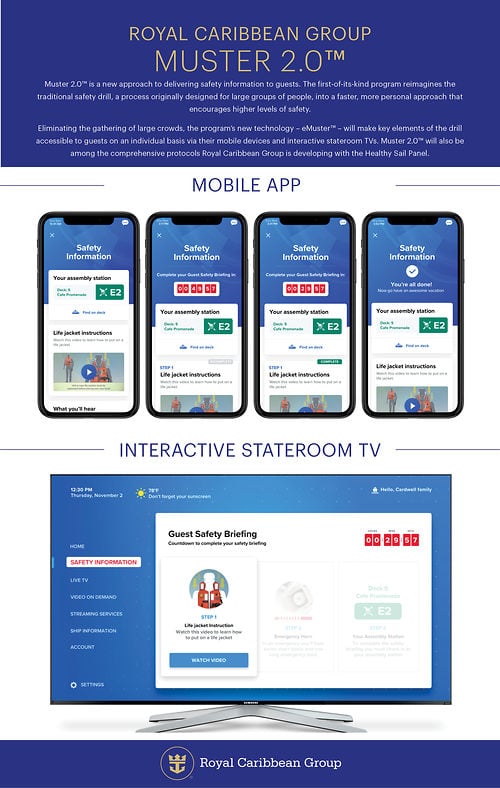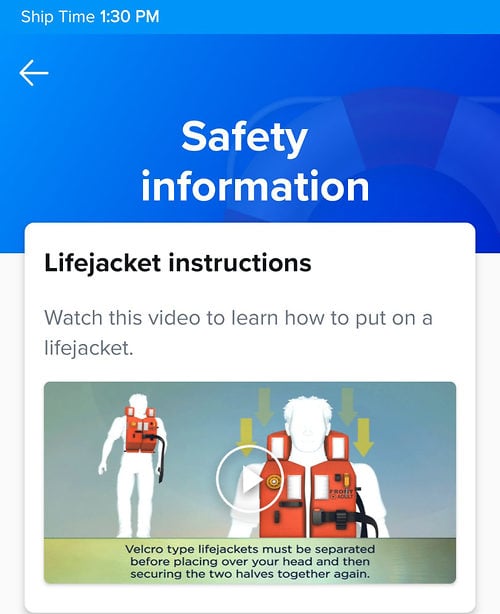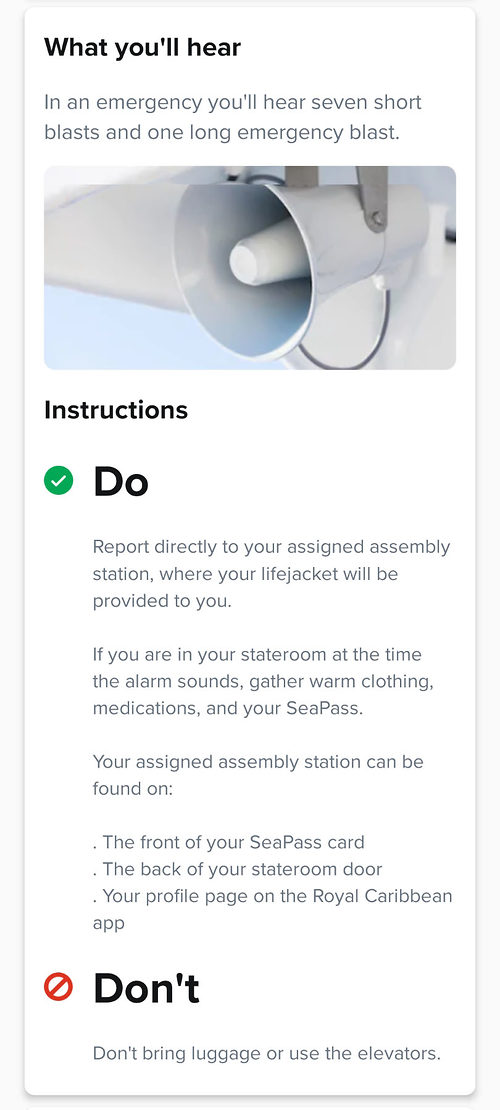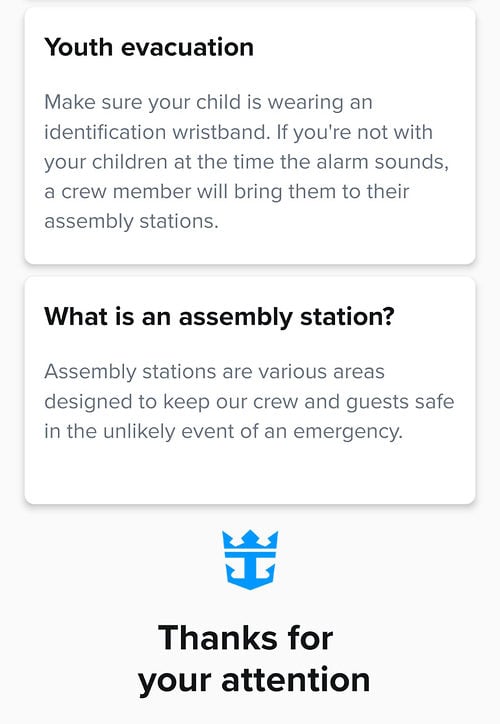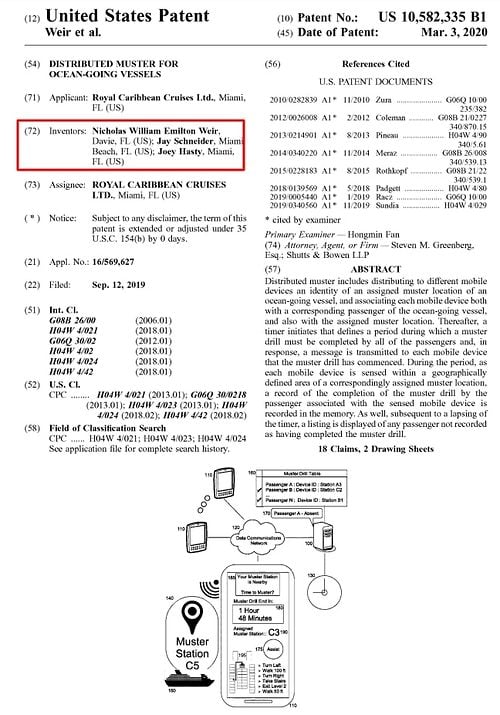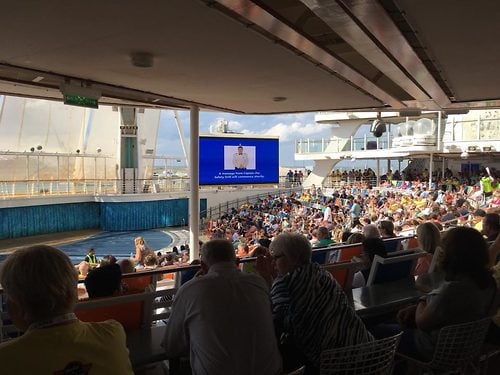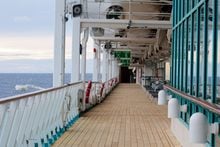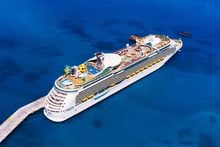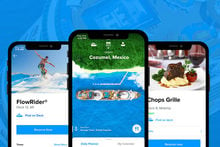Royal Caribbean announced a new way for guests to conduct the cruise ship safety drill by digital app, which will help with promoting social distancing onboard.
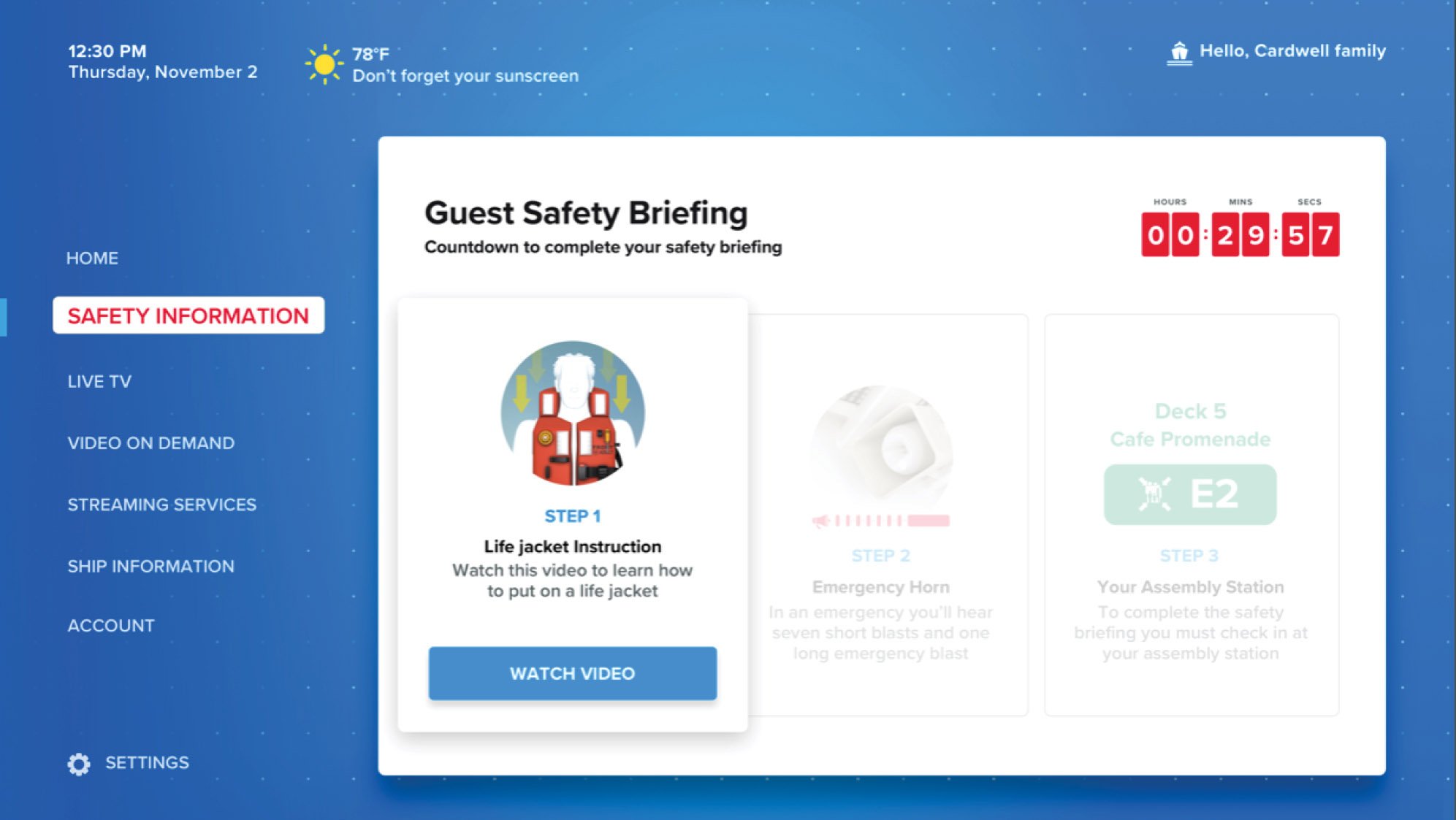
Known as Muster 2.0, the cruise line revealed its plans on Friday to implement a new way to conduct the mandatory guests safety drill, known as the muster drill.
The rollout of these reimagined safety drills will debut in Germany this week on board Royal Caribbean Group’s joint venture, TUI Cruises GmbH, and continue in Royal Caribbean Group’s return to service.
In order to comply with maritime law, passengers on an ocean-going vessel must be aware of what to do for a response to an emergency condition onboard.
How it works
With Muster 2.0, the new tech will be used to help provide the information to guests via their mobile devices and interactive stateroom TVs.
Travelers will be able to review the information at their own time prior to setting sail, eliminating the need for the traditional large group assemblies.
After reviewing safety information individually, guests will complete the drill by visiting their assigned assembly station, where a crew member will verify that all steps have been completed and answer questions. Each of the steps will need to be completed prior to the ship’s departure, as required by international maritime law.
One on the cruise ship, guests have a set time (indicated by a timer in the app) during which muster drill must be completed by all of the passengers and, in response, a message is transmitted to each mobile device that the muster drill has commenced.
As well, subsequent to a lapsing of the timer, a listing is displayed of any passenger not recorded as having completed the muster drill.
Muster 2.0 was first tested on Royal Caribbean’s Symphony of the Seas in January 2020. Guests who took part in the mock process indicated a strong preference for the new approach and also reported better comprehension and retention of the safety information.
Solving a problem
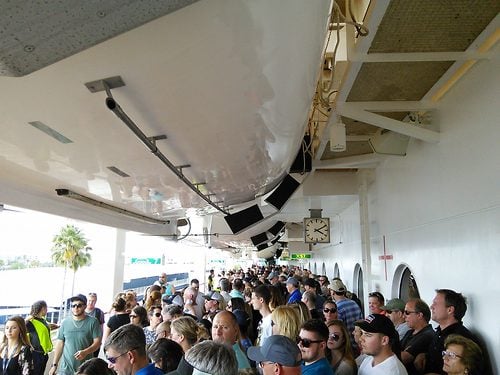
For many cruise passengers, the muster drill is viewed as a necessary annoyance.
Traditionally, in the context of a passenger cruise ship, a muster drill is performed at the beginning of the cruise before the cruise ship departs or shortly thereafter. During the muster drill, each individual passenger reports to an assigned muster station—a specific location on the vessel. A crew member then confirms the presence of each passenger expected to be present at the specific location during the muster drill so that all passengers may be accounted for in the event of an actual emergency and a resultant actual muster.
Further, the muster drill can be confusing for some—particularly the elderly and children—both of whom often require additional assistance locating and moving towards assigned muster stations.
For crew members, trying to perform the drill with thousands of guests may create unnecessary confusion or missed opportunities to educate and inform, in light of the ultimate goal.
Moreover, an electronic muster drill would potentially allow guests to conduct the safety drill at their leisure during the first day, and while maintaining proper social distancing.
The inventor of Muster 2.0 is Royal Caribbean's Senior Vice President of Entertainment, Nick Weir, who is listed as the inventor on the patent with the U.S. Patent and Trademark Office.
Royal Caribbean applied for a patent on the concept in September 2019, and the application was granted on March 3, 2020.
An innovation for everyone
Despite Muster 2.0 being a proprietary invention of Royal Caribbean is offering to license the patented technology to interested cruise operators and will waive patent license fees during the time the world and industry battle the global pandemic.
Patent licenses have already been granted to the company’s joint venture, TUI Cruises GmbH, as well as Norwegian Cruise Line Holdings Ltd., the parent company of Norwegian Cruise Line, Oceania Cruises and Regent Seven Seas Cruises.


